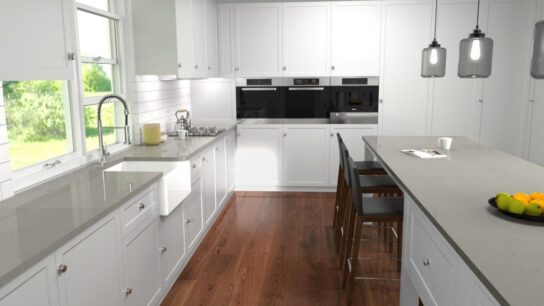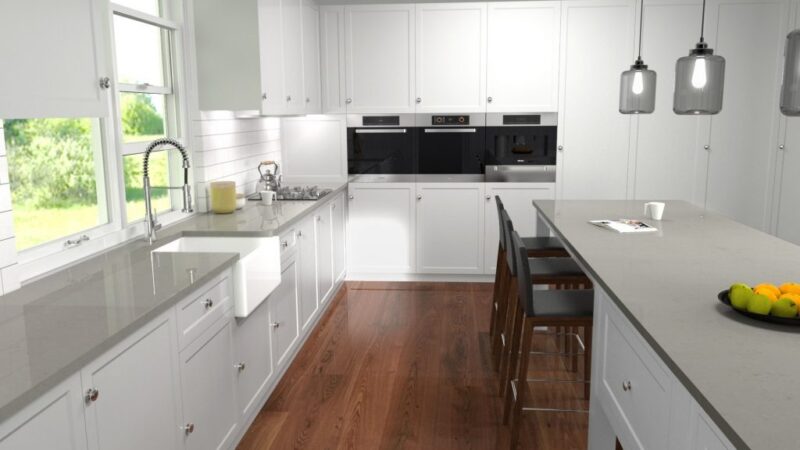The high carbon steel strip and angle bar are two essential components in construction, manufacturing, and industrial applications. These materials are renowned for their durability, strength, and versatility, making them vital in the creation of various structures, machines, and tools. To fully understand their value, let’s dive into their properties, benefits, and applications, while also exploring how they compare and complement each other in industrial usage.
What Is a High Carbon Steel Strip?
A high carbon steel strip is a form of steel with higher carbon content than regular steel. Carbon, an essential element in steel, plays a significant role in determining the steel’s hardness and tensile strength. The higher the carbon content, the more robust and wear-resistant the steel strip becomes. This characteristic makes high carbon steel strips ideal for demanding applications that require toughness and resistance to wear, such as in heavy-duty machinery, cutting tools, and springs.
Benefits of High Carbon Steel Strips in Industrial Use
One of the primary benefits of using high carbon steel strips is their ability to withstand heavy stress. Their durability and resilience make them ideal for use in industries where materials undergo immense pressure and require long-lasting performance.
High carbon steel strips are often used in:
- Automobile parts: The strips are used in the manufacture of gears, springs, and other vital components.
- Cutting tools: Due to their hardness, they are commonly used in saw blades and knives.
- Heavy-duty machinery: High carbon steel strips provide robust performance, ensuring durability in harsh environments.
The Role of Carbon Content in Steel
The carbon content in high carbon steel strips typically ranges between 0.60% and 1.25%, which significantly increases the hardness and tensile strength of the material. However, with higher carbon content comes a reduction in ductility, meaning these steel strips can become brittle under specific conditions. This trade-off makes high carbon steel strips ideal for applications where toughness is prioritized over flexibility.
What Is an Angle Bar?
An angle bar, sometimes known as an L-shaped bar, is a steel bar that features a 90-degree bend. These bars are widely used in structural and construction applications due to their excellent load-bearing capacity and ability to provide support in various structures. Angle bars are typically made from stainless steel, aluminum, or other materials, but high carbon steel strips can also be used to manufacture stronger angle bars for industrial purposes.
Why Angle Bars Are Essential in Construction
The angle bar is highly versatile and has many applications in construction and industrial projects. Its primary function is to provide structural support, offering strength and stability to frameworks. Some common uses of angle bars include:
- Building frameworks: Angle bars provide corner support and are often found in bridges, towers, and large buildings.
- Support brackets: These bars act as brackets to reinforce joints or secure items to walls.
- Machinery: In industrial settings, angle bars are used in equipment and heavy machinery that require structural reinforcement.
Angle Bars vs. High Carbon Steel Strips: A Comparison
Although both high carbon steel strips and angle bars have high durability and strength, they serve different purposes. High carbon steel strips are often used in tools and machines requiring wear resistance, whereas angle bars focus on providing structural support. However, when high carbon steel strips are used to manufacture angle bars, the result is an even stronger product capable of handling extreme loads and pressures in construction or industrial machinery.
Applications of High Carbon Steel Strips and Angle Bars
Both materials offer unique advantages depending on their application. In construction, angle bars are crucial for structural integrity, particularly when made from high carbon steel strips. This ensures that the materials used in building projects have the necessary toughness and stability to withstand the weight and pressure of large structures.
Meanwhile, in machinery, high carbon steel strips provide enhanced wear resistance. Whether in the automotive industry or manufacturing, the material’s toughness allows it to function effectively in high-pressure environments.
FAQs
1. What makes high carbon steel strips better than regular steel strips?
High carbon steel strips have a higher carbon content than regular steel, which gives them increased hardness and tensile strength. This makes them more durable and suitable for heavy-duty applications.
2. Can high carbon steel strips be used to make angle bars?
Yes, high carbon steel strips can be used to manufacture angle bars, which results in even stronger bars capable of withstanding higher stress and pressure in industrial and construction settings.
3. Are angle bars commonly used in home construction?
Yes, angle bars are used in both large-scale and home construction projects due to their ability to provide structural support. They are frequently found in frameworks, shelves, and brackets.
4. What are some common uses of high carbon steel strips?
Common uses of high carbon steel strips include manufacturing cutting tools, automotive parts like springs and gears, and components for heavy-duty machinery.
5. How do angle bars and high carbon steel strips complement each other?
When used together, angle bars made from high carbon steel strips provide even greater strength and durability. The properties of both materials allow for more resilient structural support and long-lasting performance in industrial applications.
Conclusion
In summary, both high carbon steel strips and angle bars play vital roles in industrial and construction projects. While high carbon steel strips are prized for their toughness and wear resistance, angle bars provide critical structural support. Combining the strength of high carbon steel strips with the versatility of angle bars creates materials capable of withstanding the most demanding conditions.
Whether in building frameworks, machinery, or tools, these two materials prove indispensable across multiple industries. Understanding their properties and how they complement each other will allow engineers, builders, and manufacturers to make more informed choices for their projects.



